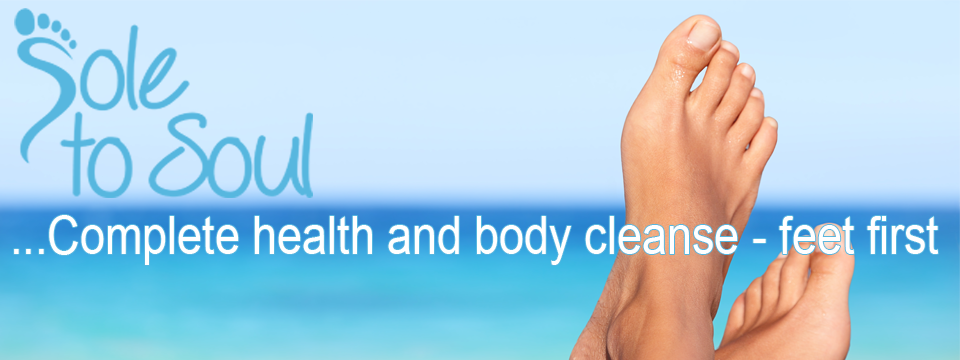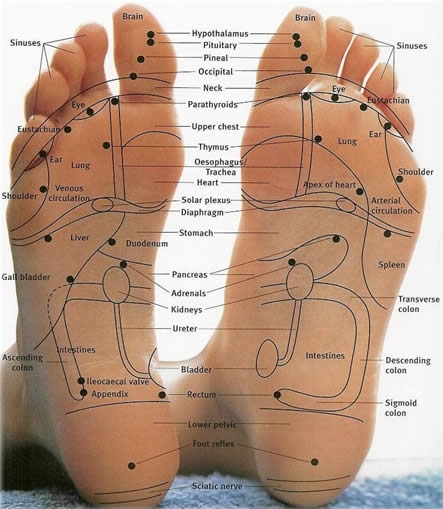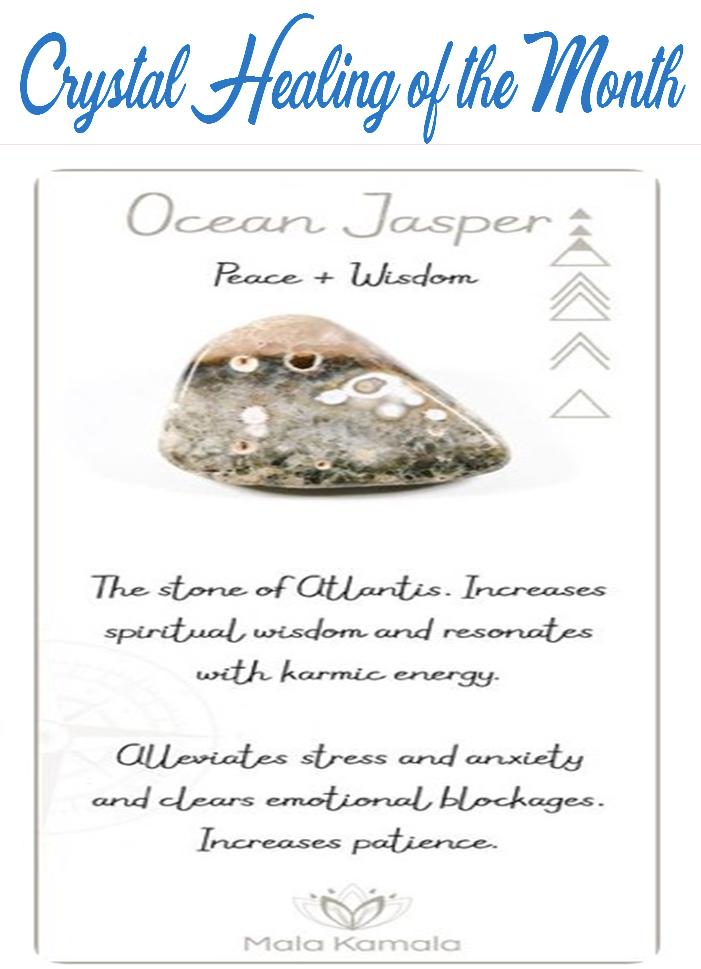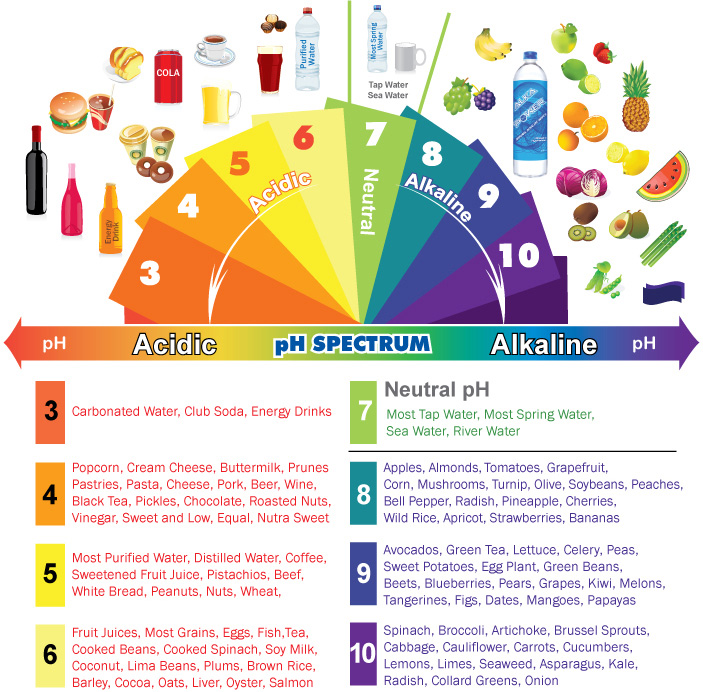Benefits of Reflexology… |
||
Stress ReductionWhen we are stressed our body’s defences break down and we become more susceptible to illness and disease. Reflexology reduces stress by generating deep tranquil relaxation, helping the body balance itself and allowing healing energy to flow. Improved CirculationBlood needs to flow freely throughout the body carrying oxygen and nutrients to all the cells and removing the waste products of metabolism and other toxins. By reducing stress and tension, reflexology allows the cardiovascular vessels to conduct the flow of blood naturally and easily. Stimulated Nerve FunctionBy stimulating more than 7,000 nerves in the feet, reflexology encourages the opening and clearing of neural pathways. It interrupts pain pathways, reducing pain. Improved Immune SystemReflexology stimulates the lymphatic system thus reducing risk of infection. It cleanses the body of toxins and impurities and also stimulates the production of endorphins, leading to an improved immune system and sense of well-being. Increased EnergyReflexology revitalises energy throughout the body by relaxing and opening up energy pathways. Reflexology can assist in conditions such as: |
||
|
Reflexology uses pressure points primarily on the soles of the feet, hands, or ears. Practitioners of reflexology believe that applying pressure to these points can affect specific organs or processes in the body.
Historians believe that reflexology was first practiced in China about 5000 years ago. The first practitioner of reflexology in the United States was Dr. William Fitzgerald, who called the practice “Zone Therapy” in 1913. He believed that the body was made up of 10 zones running lengthwise down the body and that applying pressure to zones on the feet stimulated organs contained in the corresponding zone of the body.
In the 1930s, a physical therapist named Eunice D. Ingham adapted Zone Therapy, suggesting that pressure points on the feet correspond to organs in the body. She then designed the foot reflexology chart that is the “map” used today for practitioners of foot reflexology.
Practitioners of reflexology do not require any specific certification or licensure. Education can include lecture, self-study, or advanced hands-on training.
Reflexology is primarily used for ongoing (chronic) pain, especially cancer-related pain. It is also used for asthma, lung disease (chronic obstructive pulmonary disease, COPD), chest pain (angina), back pain, constipation, children’s inability to control bowel movements (encopresis), fibromyalgia, headache, migraine, multiple sclerosis (MS), arthritis, overactive bladder, and stress.
Some women use reflexology to treat symptoms of menopause and premenstrual syndrome (PMS). Breast-feeding women use reflexology to improve the flow of breast milk.
In addition to being used as a treatment, reflexology is sometimes used as a tool to help identify (diagnose) medical conditions or diseases.
How does it work?
There is no scientifically reliable information about how reflexology might work to reduce pain or treat other medical conditions. Reflexology practitioners believe that disease is caused by an energy imbalance and the reflexology can correct this imbalance. They believe that this helps the body’s natural ability to heal itself.












